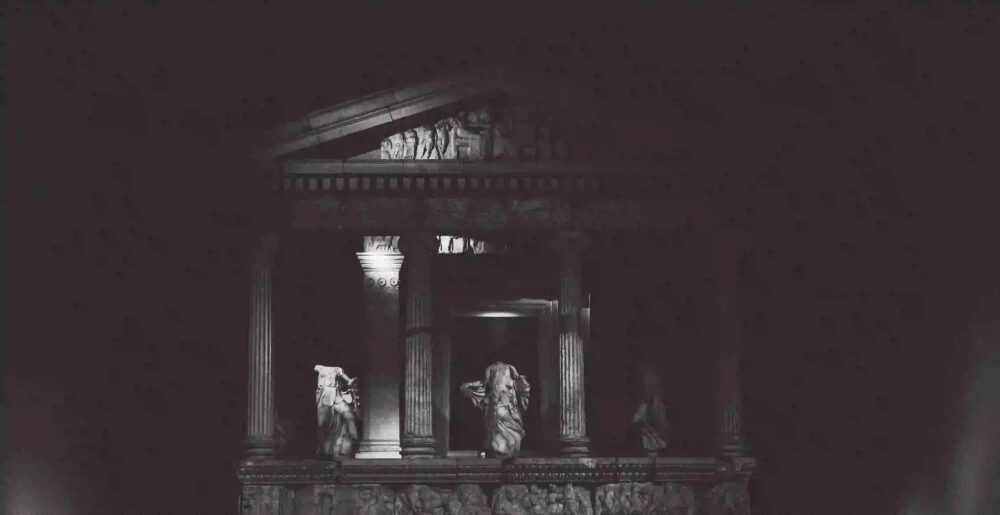Norse mythology is a rich tapestry of ancient tales, filled with gods, giants, and heroes. Among the most prominent figures in Norse mythology are Odin, Thor, and Loki. These three characters, each with their unique powers and personalities, have captivated the imaginations of people for centuries. In this blog post, we will delve into the power of Norse mythology by exploring the captivating tales of Odin, Thor, and Loki.
Odin: The Allfather
Odin, also known as the Allfather, is the chief god in Norse mythology. He is often depicted as a wise and powerful figure, with one eye and a long white beard. Odin’s power lies in his endless quest for knowledge and wisdom. He is the god of war, poetry, and magic, and his thirst for knowledge is so great that he sacrificed one of his eyes in exchange for wisdom.
One of Odin’s most famous exploits is his quest for the knowledge of the runes. He hung himself upside down from the World Tree, Yggdrasil, for nine days and nights, pierced by his own spear. It was during this ordeal that he discovered the secrets of the runes, the ancient writing system of the Norse. This knowledge gave him immense power and control over the forces of the universe.
Thor: The God of Thunder
Thor, the god of thunder and son of Odin, is perhaps one of the most well-known figures in Norse mythology. He is depicted as a strong and fearless warrior, wielding his mighty hammer, Mjolnir. Thor’s power lies in his ability to control lightning and thunder, which he uses to protect the gods and humans from the giants and other threats.
One of Thor’s most famous adventures is his battle with the World Serpent, Jormungandr. According to the Norse myths, the World Serpent is so large that it encircles the entire world, biting its own tail. Thor fought this fearsome creature in a legendary battle, using his strength and lightning to try and defeat it. Though the battle ended in a draw, Thor’s power and bravery were celebrated throughout the realms.
Loki: The Trickster
Loki, the mischievous and cunning god, is often seen as a complex and unpredictable character in Norse mythology. He is a shape-shifter, capable of transforming himself into various animals and objects. Loki’s power lies in his ability to manipulate and deceive, which often leads to chaos and conflict among the gods.
One of Loki’s most notable acts of mischief was his role in the death of Baldur, the god of light and purity. Loki tricked Baldur’s blind brother, Hodr, into shooting an arrow made of mistletoe, the only substance that could harm Baldur. This act led to Baldur’s death and plunged the world into darkness and sorrow. Loki’s actions highlight the power of deception and the consequences that can arise from it.
The Enduring Power of Norse Mythology
The tales of Odin, Thor, and Loki are just a glimpse into the vast and captivating world of Norse mythology. These stories have endured for centuries, captivating the imaginations of people from all walks of life. They teach us important lessons about power, wisdom, bravery, and the consequences of our actions.
Norse mythology has left a lasting impact on popular culture, inspiring countless books, movies, and artworks. It continues to be a source of fascination and intrigue for those who seek to explore the depths of ancient lore and understand the human experience through the lens of mythology.
In conclusion, the power of Norse mythology lies in its ability to transport us to a world filled with gods, heroes, and epic adventures. The tales of Odin, Thor, and Loki serve as reminders of the enduring power of storytelling and the timeless wisdom contained within these ancient myths. So, let us embrace the magic of Norse mythology and embark on a journey that will ignite our imagination and awaken our sense of wonder.
